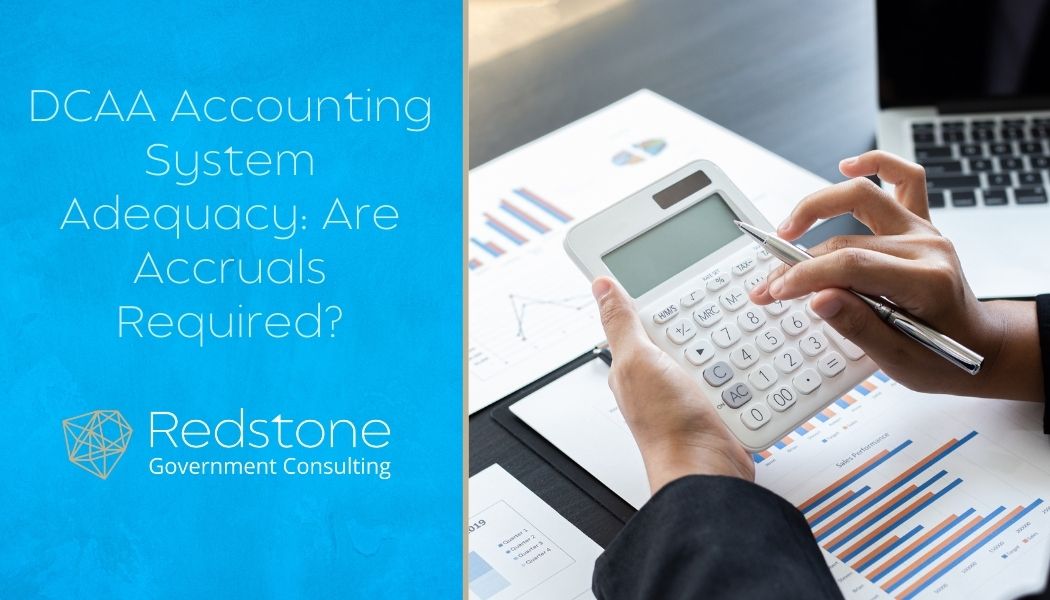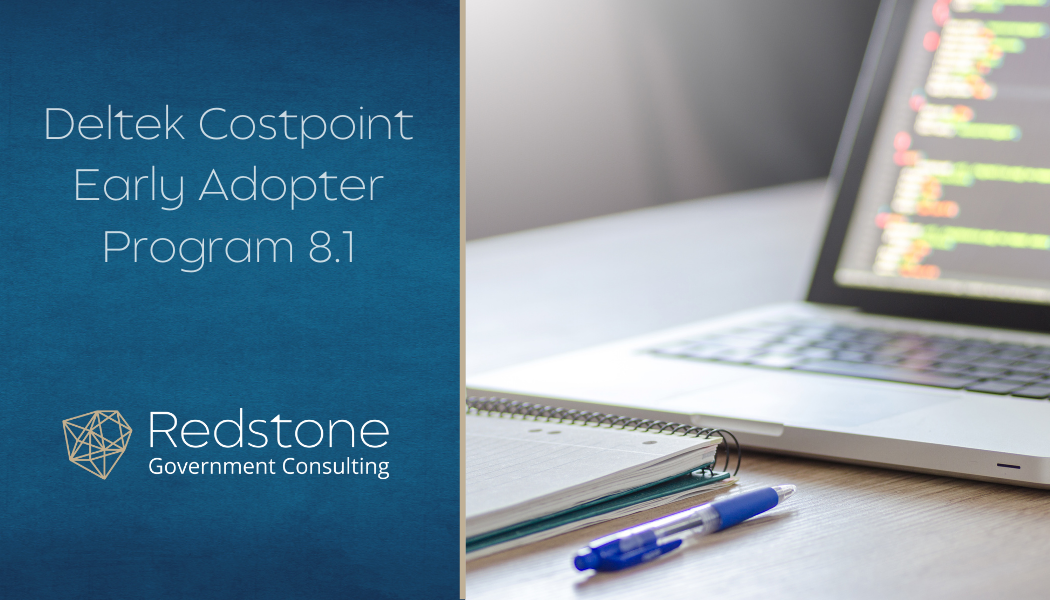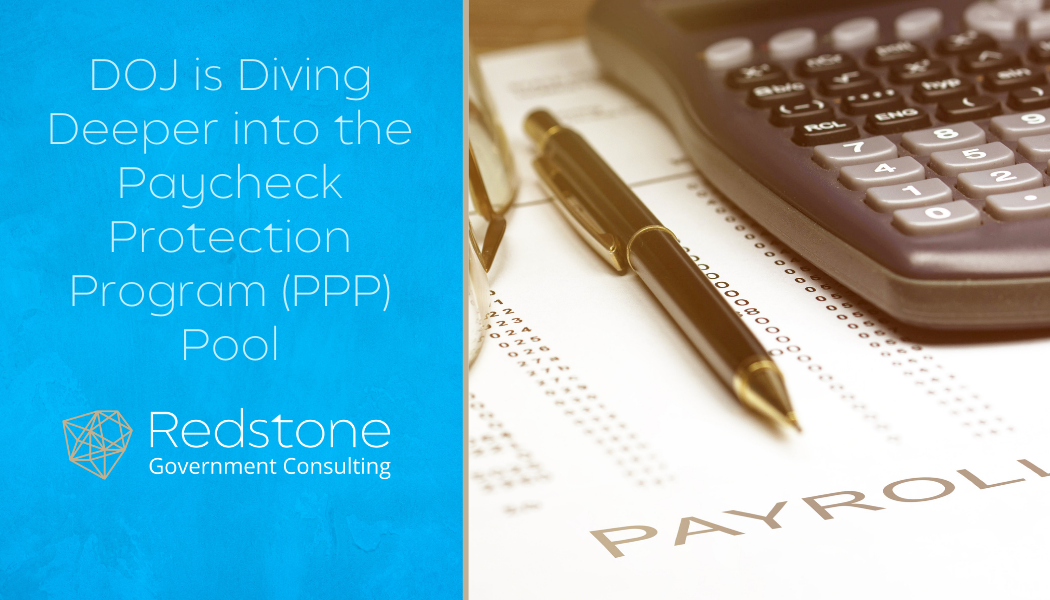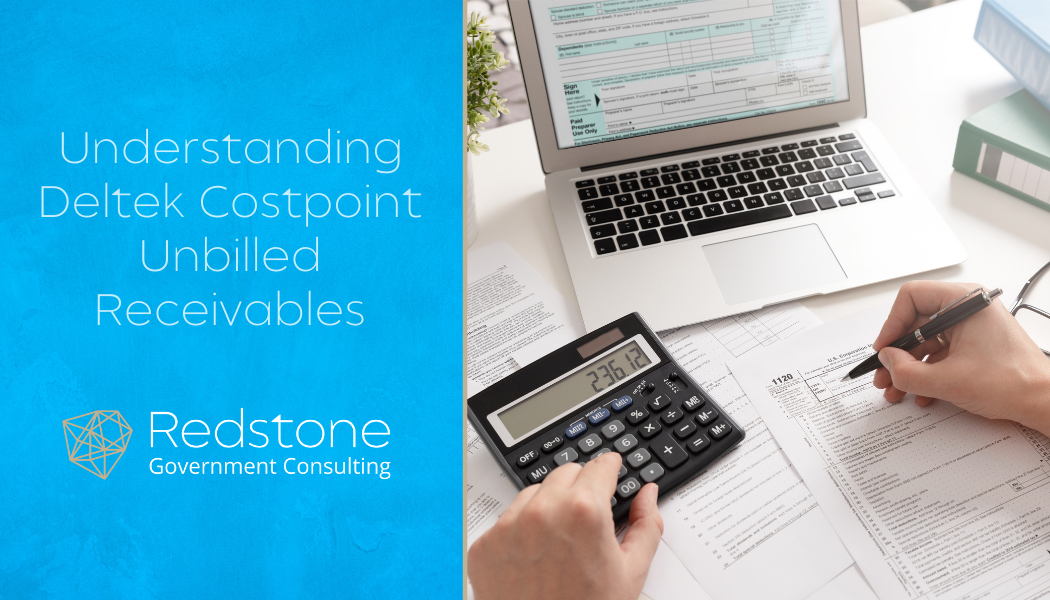If having unbilled receivables is a new concept based on your experience with other software systems, you may find it a relief that having an unbilled balance is not necessarily bad or wrong. Unbilled Receivables is the offsetting account for billing and revenue postings in Deltek Costpoint. When a billing is posted, the Billed Receivables account is debited, and Unbilled Receivables account is credited. For the revenue posting, the Unbilled Receivables account is debited and Revenue account credited. Hence, if the billing and revenue posting amounts are the same, the offsetting Unbilled Receivables account will be zero. That sounds great, however, there may be situations where billing and revenue do not or should not match, which then creates a balance in the Unbilled Receivables account. So, when is it okay to see an Unbilled Receivables balance?









